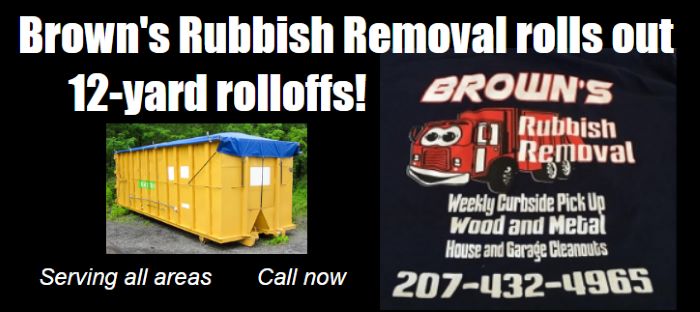Nothing sparks a debate among dog owners quite like the dog park. While some dog parents love them, others are strongly opposed to them, more often than not because they've had a bad experience while visiting one. Unfortunately, these bad experiences are usually a result of pet owners who are not familiar with dog park etiquette. To make the dog park a safe and happy place for everyone, remember these tips.
Pick Up After Your Dog
I say this all the time and, at this point, it seems like it should go without saying. Unfortunately, that's just not the case. Aside from being unsanitary, dog waste can also transmit diseases. With so many different dogs accessing the dog park, it's important to keep the place as clean as possible.
Take Off Leashes and Harnesses
If you're in an off-leash area, make sure to remove your pet's leash/harness/training collar to let them play. You may feel like you're keeping your dog safe by keeping him on his leash and close to your side, but the leash can actually make your dog feel like he's trapped and may prompt him to lash out at other dogs in fear. Harnesses and training collars are also a hazard as they can cause dogs to become tangled together and may start a fight as the two dogs try to separate.
Work on Training Ahead of Time
The dog park is no place to train your dog on recall skills or work on socializing your reactive pup. Dogs that go to the park should already know how to politely greet other dogs and should be trained on recall skills so they can come when they're called. These two skills are crucial to making your trip to the park successful. Dogs that don't greet properly are more likely to start fights with other dogs. Teaching your dog to come when called is also useful because you can stop your dog from doing any unwanted behavior, like playing too rough or sniffing a dog for too long that doesn't want the attention, before they become bigger problems.
Exercise First
It may seem backwards, but your dog should get some exercise in before arriving at the dog park. The more exercise, the better. A dog with pent up energy is more likely to act out of control when let loose in the park. That kind of energy is disruptive to the other dogs and may result in other dogs lashing out aggressively to tell your dog to back off. Remember that the dog park is meant to be an added component of your dog's exercise routine, not the only exercise he receives. When your dog is tired out, he will be a lot calmer at the park.
No Bullies Allowed
My darling paralyzed dachshund has been known to bully dogs that are 100 pounds larger than her. Any dog, no matter their size, can be a bully and the dog park is no place for bullies. Bullying involves overly rough playing and resource guarding. If your dog exhibits either of these behaviors, the dog park is not a good idea. Unwanted rough playing and resource guarding can both lead to dog fights.
Leave Some Dogs at Home
There are some dogs that should never be at the dog park, and the reason has nothing to do with behavior. Pregnant dogs or female dogs in heat are an absolute no-no. The same goes for puppies and dogs that haven't completed their required vaccinations. As a general rule, these dogs should not be out and about mingling with other dogs.
Small Dogs Stick Together
Your Chihuahua may think he's a Great Dane and may get along fabulously with large dogs, but he should stick to playing with dogs of a similar size at the dog park. Remember - just because your small dog does well with large dogs doesn't mean the large dogs will do well with your small dog. Some dogs at the shelter, for example, get along well with dogs but aren't feline friendly and, sometimes, they mistake little dogs for cats and react aggressively. Keeping your small dog in the little dog play group is the best way to keep him safe.
Pay Attention
Your eyes need to be on your dog, not on your cell phone. If you're not paying attention, your dog could be getting into all kinds of trouble without you noticing. Nobody knows your dog's body language better than you. Be on the lookout for signs that your dog is stressed out or becoming defensive. It's also important to keep an eye on your dog to make sure he's not misbehaving by bullying the other dogs, stealing toys, or even jumping up on the other dog owners.
"Working it Out" is Not an Option
Dog fights happen; even among dogs that are playing well together. It's important to remember that dog fights are dangerous for both the dogs and owners who are trying to break them up. They can also escalate quickly and result in severe injuries. In next week's article, I'll cover the basics of safely breaking up a dog fight. If your dog is having a scuffle with another dog, don't sit back and let them work it out on their own. The dogs need to be separated quickly and safely.
Dog parks don't have to be scary places. For the dog owners who take the time to train their dogs and follow these basic etiquette rules, trips to the dog park can be both fun and rewarding.
Alaina Goodnough is the Promotions Coordinator at Cocheco Valley Humane Society in Dover, NH. She lives in Sanford, ME with two parrots, a cockatoo, a cat, a bearded dragon, and two dachshunds. She can be reached at CVHS at devassist@cvhsonline.org. To learn more about Cocheco Valley Humane Society, go to www.cvhsonline.org or call 603-749-5322.














